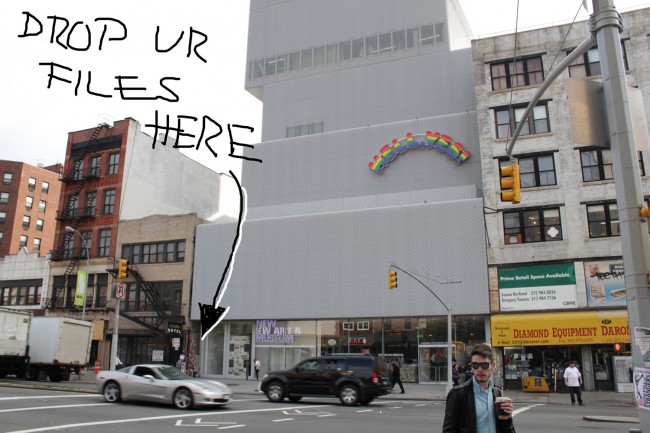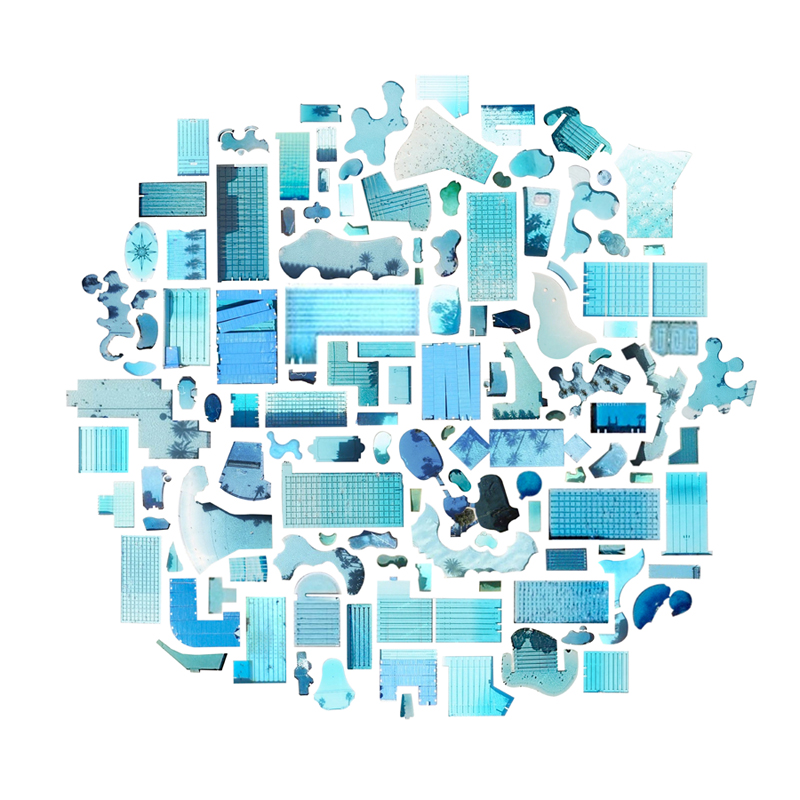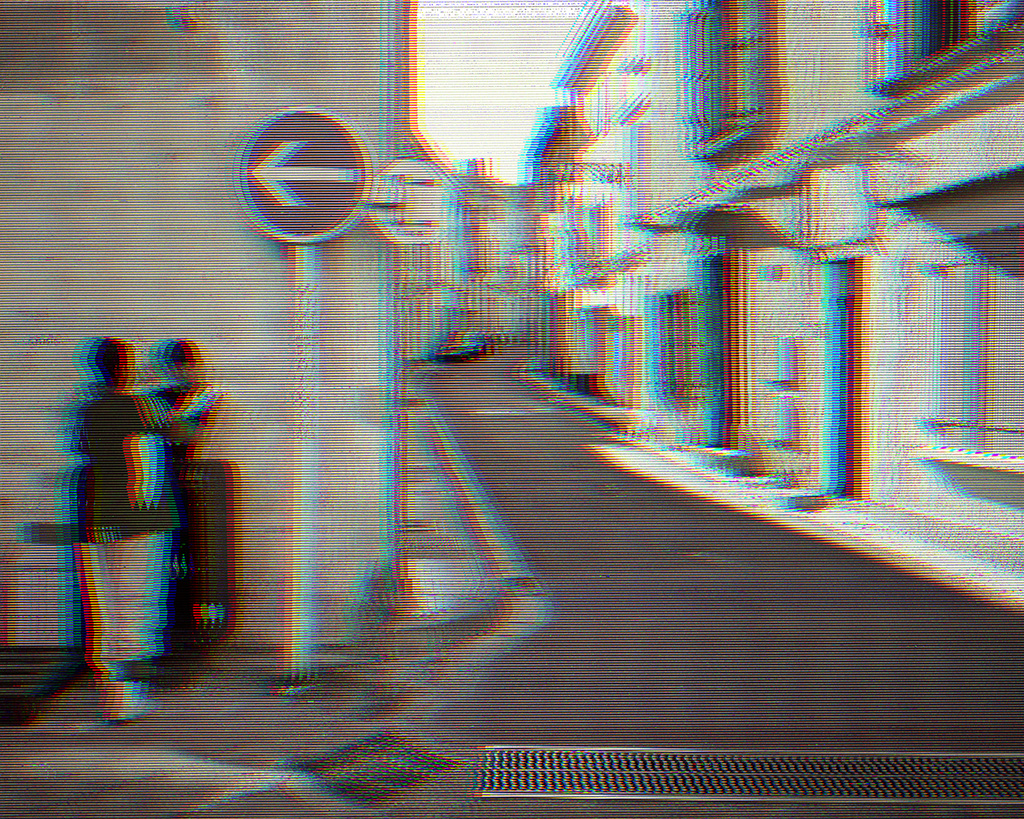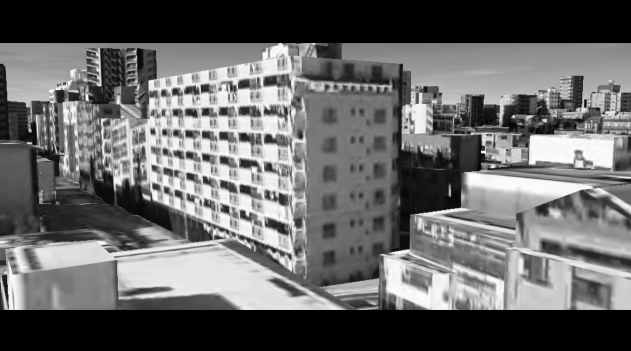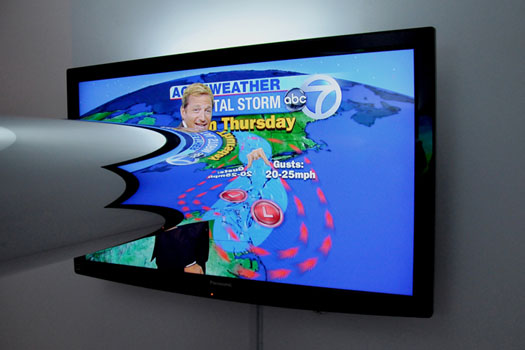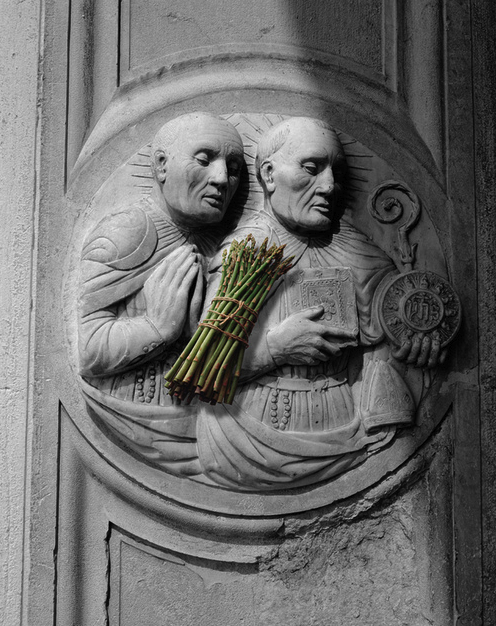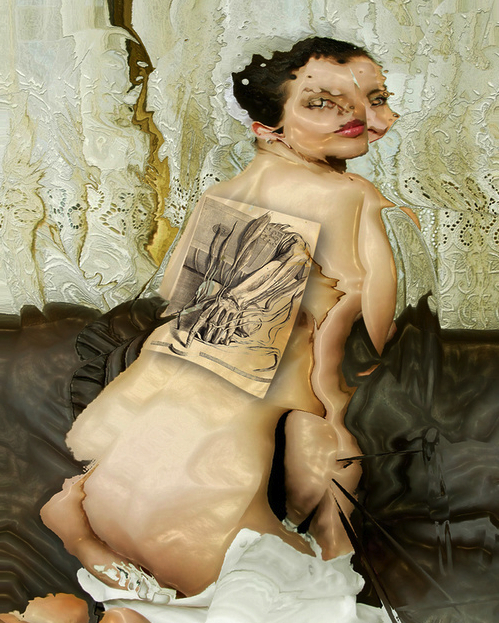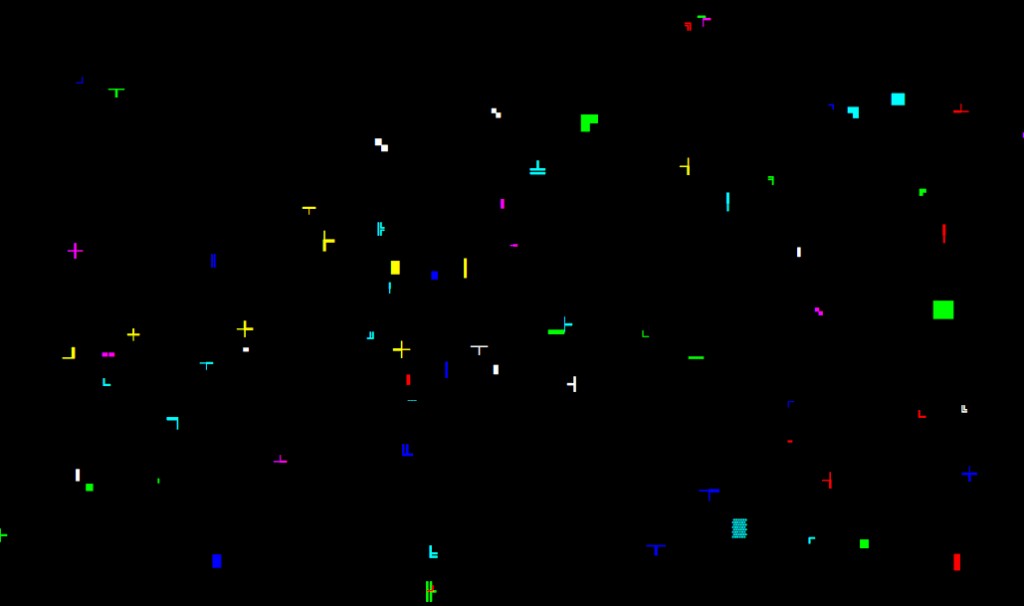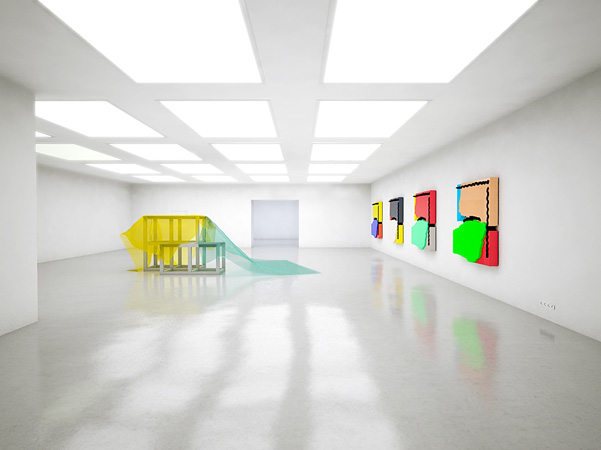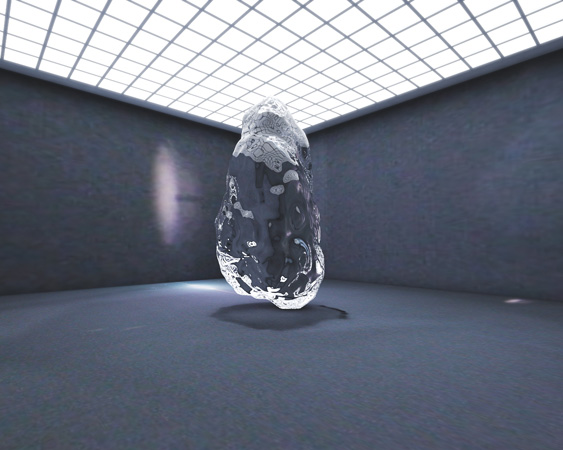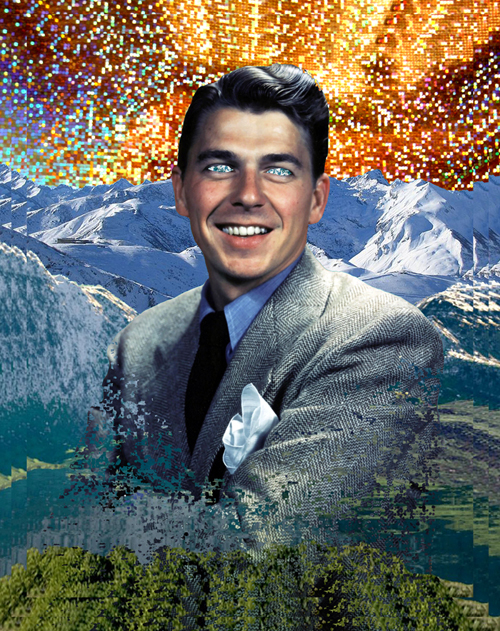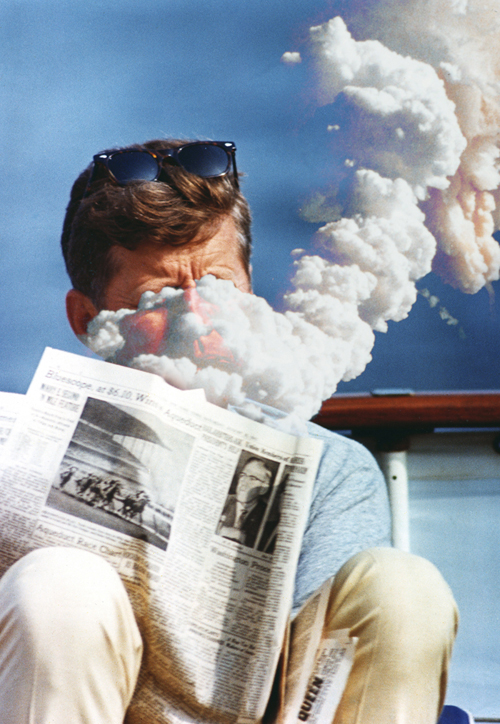Dead Drop is a project Aram Bartholl made as a part of his ongoing EYEBEAM residency in NYC:
“Dead Drops’ is an anonymous, offline, peer to peer file-sharing network in public space. I am ‘injecting’ USB flash drives into walls, buildings and curbs accessable to anybody in public space. You are invited to go to these places (so far 5 in NYC) to drop or find files on a dead drop. Plug your laptop to a wall, house or pole to share your files and date. Each dead drop contains a readme.txt file explaining the project. ‘Dead Drops’ is still in progress, to be continued here and in more cities.”
It reminds me a lot of a project I was involved in a couple of years ago. It was the “USB Gallery“, a public usb driven art gallery (an idea by artists Christian Posani and Francesco Carone). We had the same idea of spreading usb ports around the city, but in the end we didn’t :-)

